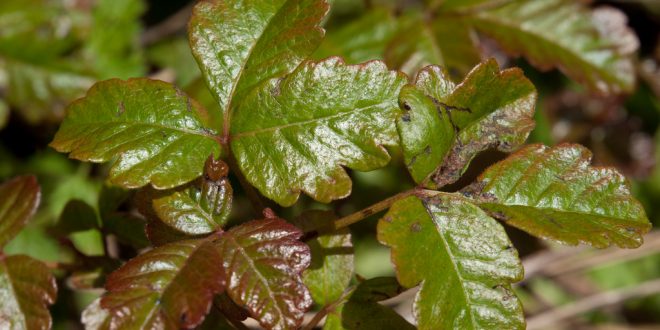By Allen Bryan
Summer is the time to go out to explore nature and its wonders. But it is also a time to watch out for things such as poison ivy, oak, and sumac. These three leaved plants are covered in oils that will latch onto your skin even at the slightest touch. The oils will create rashes and itchiness which will irritate your skin for over a month if it is serious. These plants are what turn a fun time in nature into an annoying experience that is best forgotten.
Poison ivy, oak, and sumac aren’t actually poisonous. They have a sticky, long-lasting oil called uroshial that will cause an itchy rash when touched. These effects will take place even at the slightest touch, yet animals cannot be harmed by this due to their fur. The oils will stay on their skin for up to a month
There are some distinct ways to identify these plants anywhere. Poison ivy, poison oak, and sumac all grow on shrubs or vines. Poison ivy has three leaves; one on each side and one in the center. The leaf is smooth, shiny and has notched edges. Like poison ivy, poison oak also has three leaves. But the leaves are much more rounded than those of the poison ivy and have a hairy surface. Sumac usually grows in clusters of 7 to 13 leaves. There are two rows of leaves on the vine and one on the very end.
If you’ve made contact with poison ivy, oak or sumac, wash the area with lukewarm water immediately. If you do not have water at the time, alcohol pads or wipes will do the trick. Also, try to keep the area cool, dry and clean. Then wash off anything else that came in contact with the plant. Calamine lotion, diphenhydramine, or hydrocortisone can help control itching. Cool compresses or baths with baking soda or oatmeal can also soothe the rash. Do not scratch the rash for it will spread and cause infections and scars.
All in all, make sure to be cautious when traveling in areas that may contain poison ivy, oak, and sumac since they will cause discomfort. So if you see leaves of three, leave them be.
 Tempus Magazine By Students, For Students
Tempus Magazine By Students, For Students 



